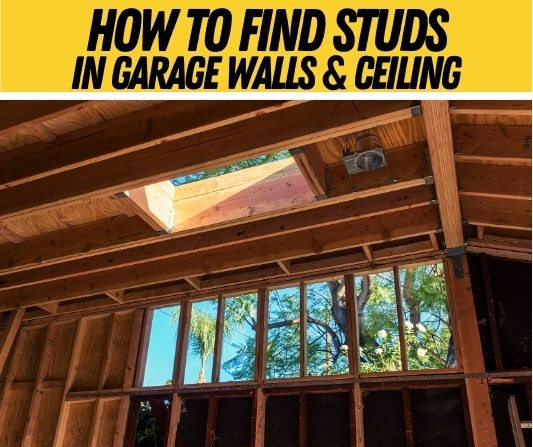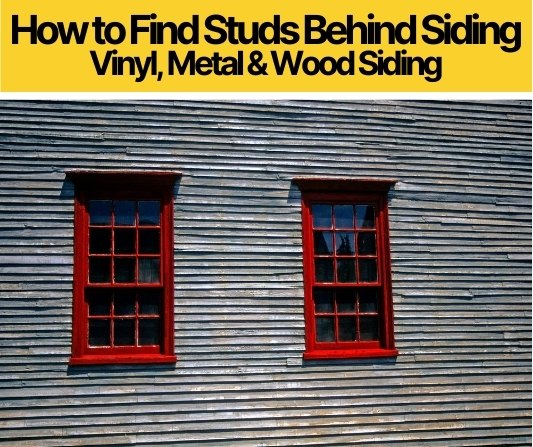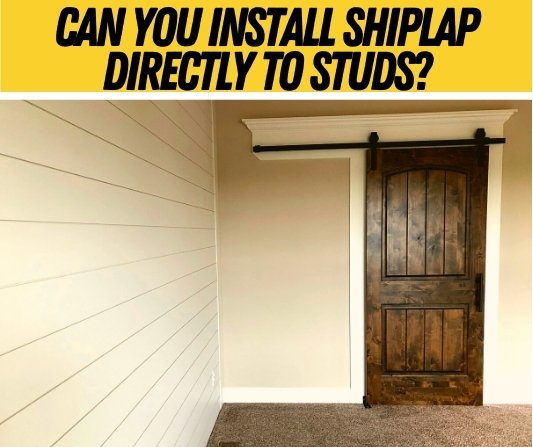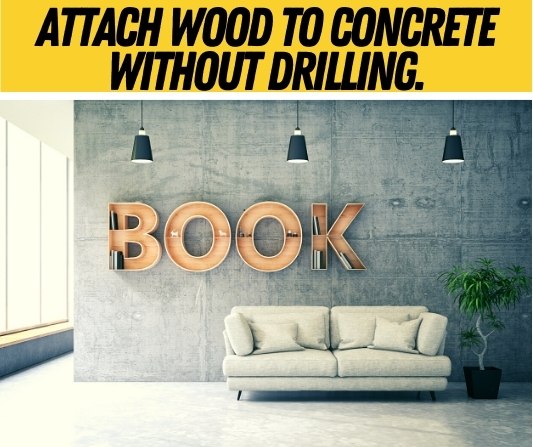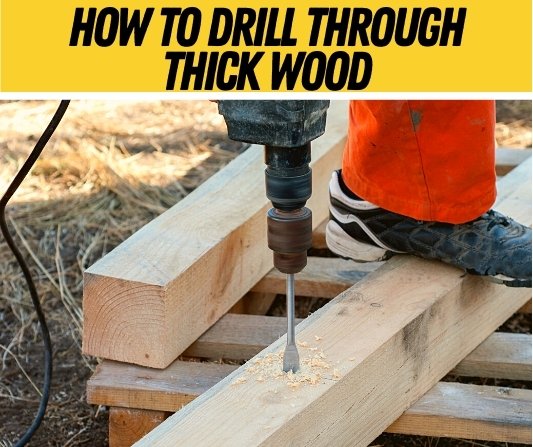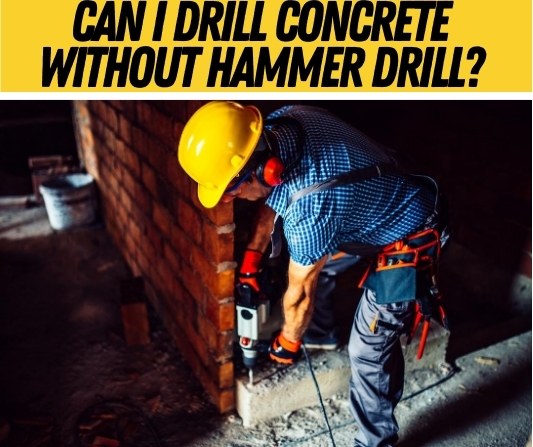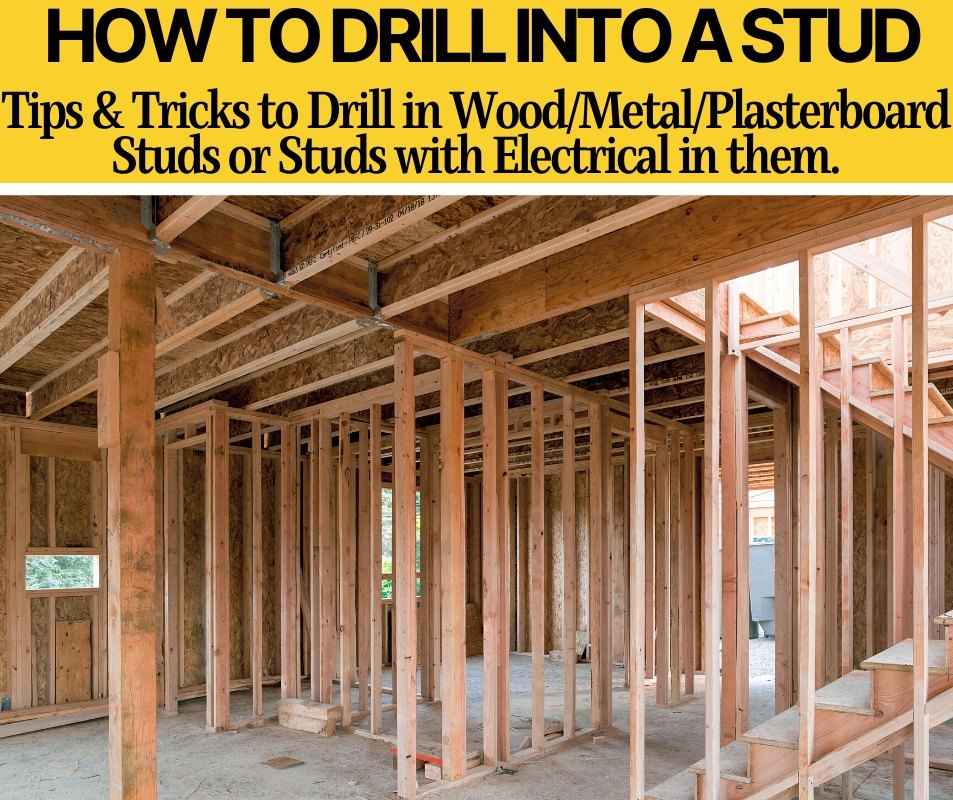 Today we will be discussing the proper way to drill into a stud whether it be wood, or metal, or behind drywall.
Today we will be discussing the proper way to drill into a stud whether it be wood, or metal, or behind drywall.
We will be discussing :
- How to find a stud in a wall,
- What types of drill bits to use,
- How to Drill into studs in various situations,
- Safety precautions you should take to avoid damaging property or hurting yourself or when drilling in studs with electrical inside.
How to Drill into a Stud
First to drill into a stud you need to Determine where the stud is (use stud finder or knocking method). For Metal studs use metal drill bits and preferably self tapping screws or metal anchors to attach things. For Wood studs use regular wood drill bits and drill 1inch into a stud for a secure hold. You can drill Pilot Holes first to see if you are actually drilling into stud or if you simply get stuck.
For Finding the actual studs the best method is to use a stud finder like this.
So this seems so simplistic doesn’t it? You get your drill ,select and load a drill bit, firmly press the bit against the stud and drill your hole.
And if it was an exposed stud it would be almost that simple but most studs are hidden behind some type of wall and you may not know how that wall was built, did they use wood studs or metal studs are there electric lines running behind those walls maybe water pipes
So how do I know where the studs are what drill bits to use or even if I should be trying to drill into the stud or not.
These are the real questions we want to answer, so let’s start with the most obvious question.
Are You Supposed to drill into a Stud?
In most situations drilling into the stud is the best option, but if you’re trying to hang a small lightweight picture or decoration it may not be necessary, you maybe be able to get by with just drilling a hole into the drywall and using a drywall anchor.
But for bigger or heavier items such as a TV mount, a shelf, or a large mirror you are going to want to drill into a stud to secure it.
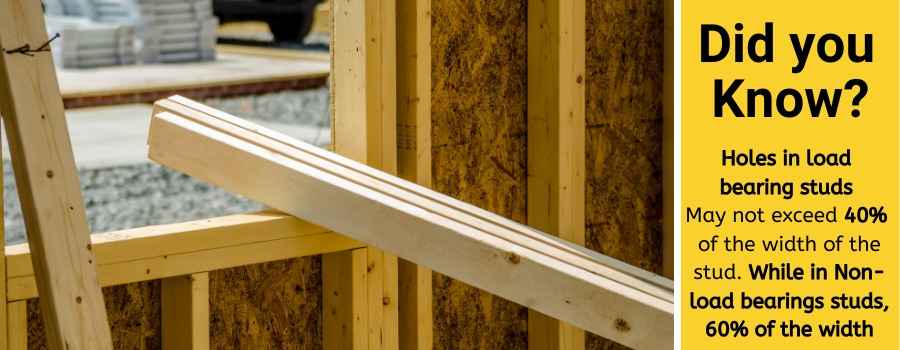
Can I Drill a Screw Straight Into a Stud
Simple answer is yes but it is not recommended, it is almost always best to drill a pilot hole first using a small, short bit.
This will help ensure that the screw goes in easy and that you don’t hit any electrical wires inside the wall. You should not drill or screw deeper than one inch into a stud since electrical wires are typically run through the center of a stud.
Another advantage of drilling a pilot hole instead of running a screw straight in is that if you miss the stud a small pilot hole is quicker and easier to repair.
How Big a Hole Can I Drill in a Stud
A common 2 x 4 stud actually measures 3 ½ inches by 1 ¾ inches and it is recommended to leave 5/8ths of an inch on both sides of the hole so if your boring the wide side it is safe to bore a centered hole up to 2 ¼ inches in diameter and if your boring the narrow side on center that gives you ¾ of an inch in diameter.
I personally think a 2 ¼ inch hole is a little to large a hole on the wide side and would not recommend doing so unless absolutely necessary.
How Hard is it to Drill into a Stud
Once you find the stud drilling into it is relatively straightforward so how do we find a stud?
Well there are several ways to find a stud behind a wall you can use the tap test this is where you make a fist and tap the wall with your knuckles and listen for a hollow sound, this takes a little practice but when you are near or directly over the stud the wall will no longer sound hollow.
I like to use the tap test along with a tape measure to find a stud. Studs are supposed to be placed 16 inches on center from each other, so depending on the size of the wall and which end they built it from you can measure 16 inches from the corner of the wall and find a stud.
However it’s probably the best if you have a Stud Finder , they are very inexpensive these days and very accurate.
I can recommend this stud finder.
If you tap it and it sounds hollow try measuring from the other corner out 16 inches and tap. This method usually produces good results however if you don’t trust your ears or it seems that the studs aren’t where their supposed to be you could try a stud finder.
A stud finder is a battery operated device that is supposed to find the stud for you, there are many different brands and they are relatively inexpensive there are even stud finder apps you can download to your cell phone.
So now that we think we’ve found the stud you can use a small short bit to drill through the wall, if you’ve missed the stud the drill bit will punch through the wall easily you should feel pressure all the way in if you’re in the stud.
Or if your bit does not penetrate at all you may have metal studs or you could be hitting a nail plate.
Read More: How to find Studs Behind Siding
Are You Drilling Into a Stud? ( How to Tell)
If you are drilling into a stud you should get steady pressure on your drill all the way in to the wall if you’ve missed the stud the drill bit will pop right thru offering no resistance.
This is particularly easy to tell when pulling the bit back out and you should even be able to move the bit up and down or side to side if you’ve missed the stud.
Now on a metal stud your drill should penetrate the outer wall quickly and easily but meet with a resistance when it reaches the stud before it pops through, assuming your using a drill bit made to drill metal if your using a bit for wood it may not be able to penetrate a metal stud.
If you are using the correct bit and you are still unable to penetrate you may be hitting a nail plate.
A nail plate is a metal plate nailed to a stud to keep you from drilling into an electrical wire, it is more rigid than a metal stud and you will not drill through it without substantial resistance, but we’ll talk about that more in a bit.
If you’ve drilled into the wall and gotten steady pressure or were met with resistance but then popped through you have most likely achieved your goal of drilling into the stud.
Another indicator would be wood or metal shavings on your drill bit when you back it out of the wall.
See also: Finding Studs in Garage Walls
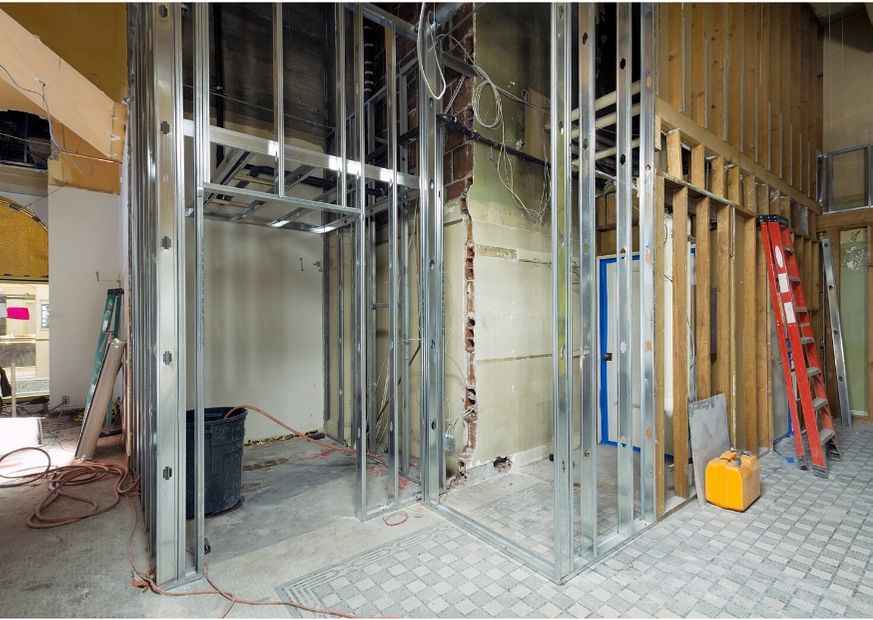
Drilling Into Metal Studs
You most certainly can drill into metal studs, you may not be able to with a very low end drill as proper metal drilling bits are a definite necessity, bits for drilling wood simply won’t get the job done.
Bits for drilling metal are harder than bits used for wood they are typical made from cobalt or titanium and have a pointed tip that flares out at either a 118 degree angle which is considered a general purpose metal bit or a 135 degree angle which is a more specifically metal boring bit.
Similar to a wooden stud you can use a stud finder or a tape measure to find your stud, studs are typically 16 inches on center measuring from one corner or the other, use as short a drill bit as possible to penetrate the exterior wall and the stud.
The shorter the better since all that is needed is to pop through the relatively thin metal stud. What you do next depends on how and what type of anchor you choose to use for your project.
Also read: Can Impact Driver Be Used as a Drill
What are the Best Metal Stud Anchors?
Toggle bolts are a great choice of anchor for a metal stud ,there are several different varieties but they all work in a similar fashion, by expanding inside the stud and preventing the bolt from being extracted.
Drill a hole into your metal stud, you may need to drill a small pilot hole first then drill a hole big enough for the toggle bolt to fit through.
Slide the toggle bolt into the hole and through the stud depending on what type toggle bolt it is it will either spring open inside of the metal stud or it will expand when it is tightened up.
Generally involving a screw that runs through the center of the toggle which causes it to expand when tightened.
Can You Screw Into Metal Studs Without Drilling?
Yes you can screw directly into a metal stud using self tapping screws like these, I personally feel that drilling a pilot hole first is a better option and will make the job easier in the long run.
Self tapping screws are a good option when tapping directly into an exposed stud, but drilling through any type of exterior wall makes it more difficult and more likely that you will strip or over tighten the screw head, or even break the screw head completely off.
Installing a mounting bracket with several screws only to break the head off of one of your screws near the end of the job will put a damper on your day rather quickly, as your taking the mounting bracket back off to tap out your broken screw.
Drilling into Wood Studs
When I think of studs I think of wood even though metal studs are becoming more and more popular particularly in commercial builds I always think wood first so most of this article was written with wood studs in mind so if you’ve read this far you can probably skip this section as it will be a little repetitive.
Yes you can drill into wood studs, if its an exposed stud just put a good wood bit in your drill, a wood bit typicaly has a brad point in the center of the bit to keep it from travelling on you and the flutes are splayed out at 180 degrees to quickly move material away from the bit.
Mark where you want to drill, put on your safety glasses, apply firm pressure and drill straight in.
If as in most cases your stud is behind a wall use a stud finder or a tape measure to find your stud, studs will typically be 16 inches on center starting from one end of the wall or the other.
Use as small a bit as necessary to go through your wall material and about 1 inch into your stud. Mark your spot and apply firm pressure drilling straight in you should feel resistant all the way in if not you missed your stud.
What Are The Best Screws For Drilling Into Wood Studs?
Wood screws or deck screws are a very good choice these are coarse threaded screws that hold exceptionally well, the length of your screw should be long enough to penetrate 1 inch into your stud.
So if you are drilling through a wall into a stud the thickness of your wall and the thickness of any brackets that you may be attaching should be considered when your selecting a screw.
Example: you are attaching a shelf with a recessed screw mount, and the screw head will be ¼ inch above the wall surface and the wall itself is ¾ inch thick, so in order to penetrate the stud 1 inch you will need a 2 inch screw.
It is always best to use as short a screw as necessary when drilling into a stud to avoid any dangers of electrical wires or plumbing that may be inside of the wall.
Drilling Into Drywall Studs
You most definitely can drill into a stud behind drywall, drywall screws should be used if your intent is to affix drywall to a stud, drywall screws have a coarse thread and a flat head to avoid recessing the screw to the point it damages the paper coating of the drywall if your using a screw gun set your screw gun to drill about 1/16th of an inch into the paper.
If you are drilling into a metal stud you will need to use a self-tapping drywall screw instead, these drywall screws have finer threads to hold to the metal studs more securely.
Now if your intent is to hang something to a drywall particularly a heavier object screws will be fine for wood studs, but metal studs may need to use toggle bolts.
Drilling Into Studs With Electrical (How Dangerous Is It?)
Ok so how dangerous is it to drill into a stud wall that has electrical wires installed in it? While this may seem scary there are rules and codes that wiring must be installed to, to help make this a less daunting task.
So electrical wires running through the studs in a wall are supposed to be run through the middle of the stud, builders typical bore a ¾ inch hole through the center of a 2” x 4” stud, a stud actually measures 3 ½ x 1 ¾ inches so if a ¾ inch hole is bored in the center that will leave 1 3/8 inches on both sides of the stud.
So a good practice is to not bore more than 1 inch into a stud this leaves a safe margin for error additionally if a stud is bored for electric and its bored to close to one side or the other a nail plate will be installed on the narrow side to protect you from boring into a wire.
A nail plate is a metal plate that you will not easily drill through even if your using a metal drill bit.
If you are Drilling in to Studs and you Suspect that you can nick a wire, I highly suggest to check first with a Live Wire Tester (also good for finding the studs)
Can I Drill Into a Stud Above an Outlet?
Typically an outlet is attached to one side of a stud or another so it is unlikely there will be a stud directly above an outlet, wires can be run vertically along the stud.
So use a stud finder or a tape measure to determine which side of the outlet the stud is on and drill into the stud slowly, remember when drilling wood studs you will feel resistance all the way into the stud if you don’t feel resistance stop your drill immediately.
Now if your studs are metal the electrical wires will be attached using a cable support that holds the wires securely, and out away from the metal stud so similarly find your stud and using a bit made for metal drill your hole into your stud and stop drilling when you feel the drill pop through the stud.
How Far Should A Screw Go Into A Stud?
For a wood stud a screw should penetrate 1 inch into the stud for a secure hold, running a screw deeper runs the risk of hitting an electrical wire.
In metal studs self-tapping screws or toggle bolts should be used.
A self-tapping screw only needs to go into the metal stud enough for the threads to bite and a toggle only needs to go in far enough for the toggle to expand and tighten.
What to do if Drill Bit Not Going Into the Stud?
First is it a wood or metal stud, what type of bit are you using?
If your using a metal bit and its not going in then you are probably hitting a nail plate, or worse a metal pipe, Try drilling a hole 1 inch above it if your still unable to drill, recheck your measurements you are probably not over the stud.
What ever you do, do not try to force it.
Believe me it is better to pop a few tiny holes in the wall and have to spackle over them than to drill into a water pipe and have to tear the drywall off to fix it.
How to Drill a Pilot Hole Into a Stud
So your screws are not going into the stud, you’ve determined that you know what kind of stud it is, and that you’re not trying to screw into a pipe or a nail plate but that so what do you do?
Simple solution you bore a pilot hole, get out a good drill bit either a good wood or metal bit depending on the type stud, the bit should be smaller than the screw you want to use and should only be long enough to bore through the wall material and about 1 inch into your stud.
Mark your hole and push Firmly into the wall maintaining constant pressure the bit should drive all the way into the wall using steady pressure if it’s a wood stud or it should meet resistance as you pass through the wall and then pop through the metal stud.
Pull your bit back out and run your screw in the hole.
Congratulations, boring blind holes into a wall can be nerve racking but if you take your time, and go easy learn how to feel your way and always lean on the side of safety you will do fine, and your walls and décor will look amazing.

